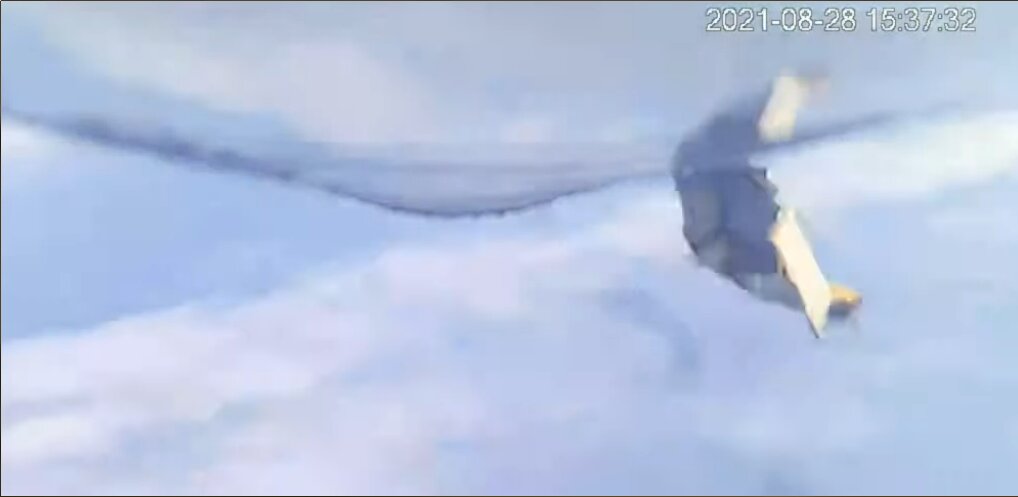Astra rocket - looks like a problem at Max Q. Something fell off and then "Terminate Sent".
Launch failure confirmed. Fatal problem happened at 33 km altitude at 22:37:32 UTC, 2.5 min into flight. But amazing it got that far after the initial sideways skid at launch 



T+22s: almost complete recovery, motion now vertical. Medal for most impressive save (albeit only temporary) 

• • •
Missing some Tweet in this thread? You can try to
force a refresh










